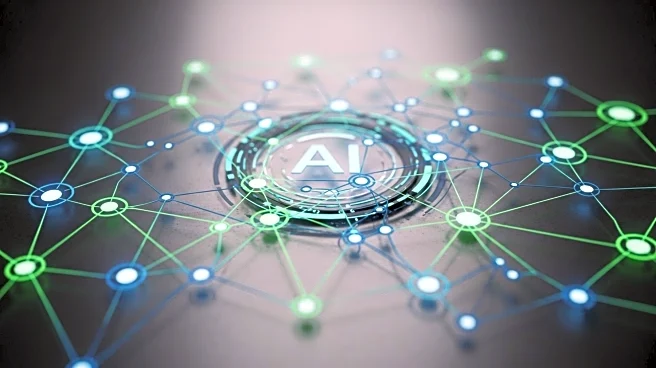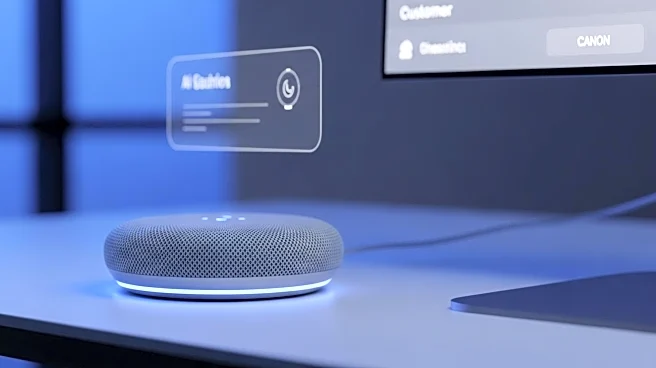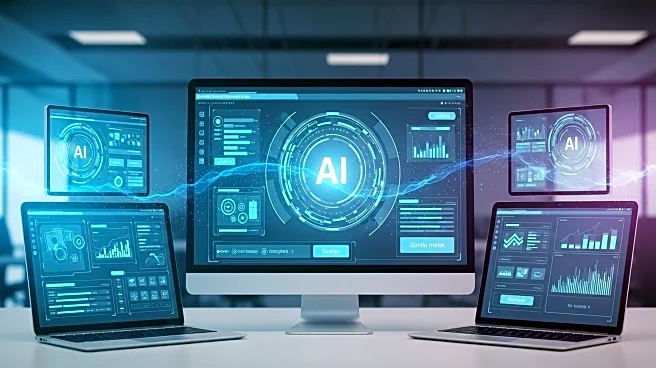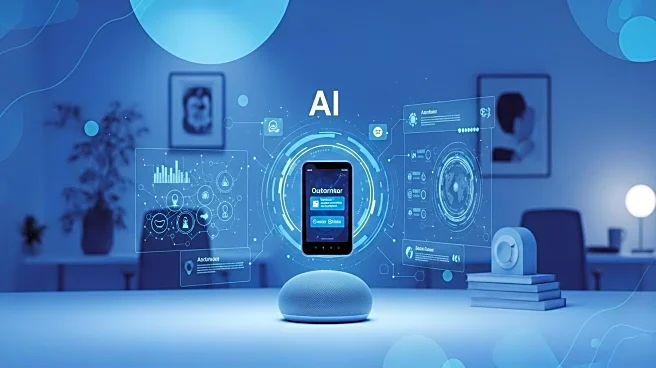What's Happening?
HBX Group has introduced a new AI-powered voice channel in collaboration with Ayesa, aiming to modernize its customer service offerings. This initiative integrates voice and text into HBX's support ecosystem, utilizing artificial intelligence across chat, email, helpdesk, and telephone channels. The AI-powered system is built on Google Cloud's Contact Center AI platform, featuring Dialogflow for virtual agents and Google's Gemini generative AI models. This technology enables natural, human-like conversations, handling background noise and transcribing with high accuracy. The voice channel allows customers to interact using natural language, automates routine tasks, and intelligently transfers complex cases to human agents. The rollout began in September 2025 and will continue through November, with performance indicators closely monitored.
Why It's Important?
The launch of HBX Group's AI-powered voice channel represents a significant advancement in customer service technology, offering a more intuitive and efficient experience for users. By automating high-volume, low-complexity requests, the system improves operational efficiency and customer satisfaction. This development sets a new benchmark in customer service, moving beyond traditional menu-driven systems to create a conversational and frictionless experience. The integration of AI in customer service reflects a broader trend in the industry, where companies are increasingly leveraging technology to enhance user experience and streamline operations. This shift could lead to increased adoption of AI solutions across various sectors, driving innovation and improving service delivery.
What's Next?
As the phased rollout continues, HBX Group will track performance indicators such as AI accuracy, customer satisfaction, and containment rates. The company aims to refine the system based on these metrics, ensuring optimal functionality and user experience. The success of this initiative may encourage other companies to adopt similar AI-powered solutions, potentially transforming customer service standards across industries. Stakeholders, including technology providers and customer service teams, will likely monitor the impact of this rollout, assessing its effectiveness and exploring opportunities for further innovation.










